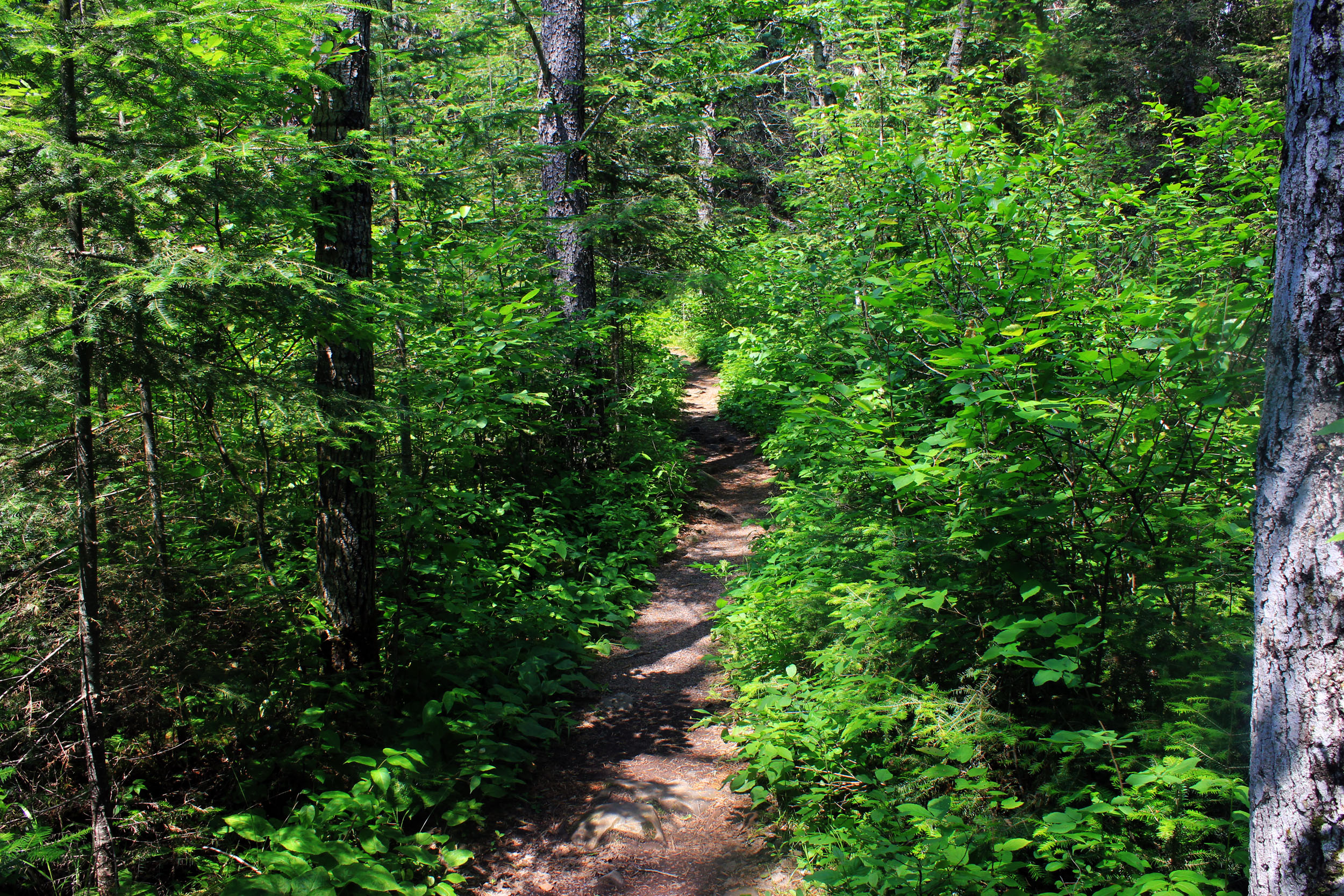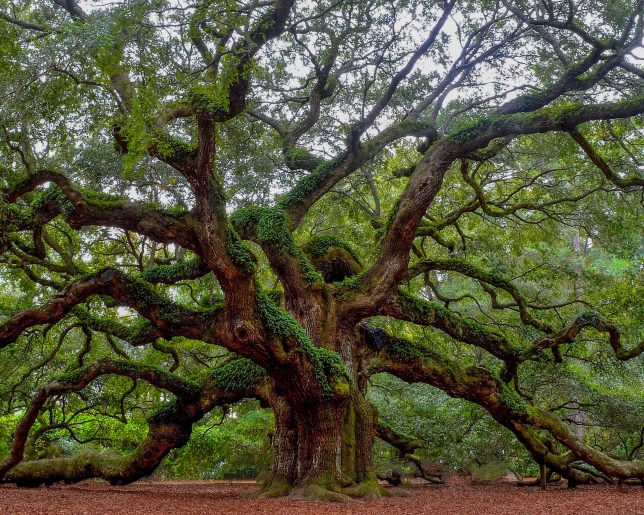
Yinan Chen, Public Domain, via Wikimedia Commons
A celebration of conservation, economic growth, and recreational opportunities
The Great American Outdoors Act (GAOA) represents a vital investment in the conservation and maintenance of US public lands and Bureau of Indian Education (BIE) schools. Establishing the National Parks and Public Land Legacy Restoration Fund (GAOA LRF) provides a permanent source of funding for the Land and Water Conservation Fund (LWCF), safeguards natural areas and cultural heritage, and addresses overdue maintenance. Since 2021, GAOA has supported 17,000 jobs annually and generated $1.8 billion for local economies.
August 4 marks three-year anniversary
On August 4, the Department of the Interior will celebrate the three-year anniversary of GAOA’s enactment by waiving entrance fees at all department-managed lands. Secretary Deb Haaland highlighted the importance of GAOA in ensuring public lands are safe and accessible while also boosting the economy and preparing infrastructure to combat climate change.
The Great American Outdoors Act ensures that our public lands are safe and accessible for all visitors and staff by investing billions of dollars in infrastructure projects. I was proud to co-sponsor this historic law, which provides critical investments in our public lands to ensure they are ready to meet the challenges of climate change, while boosting the American economy by creating good-paying jobs.
As our public lands continue to meet increased visitation, GAOA complements President Biden’s Investing in America agenda to strengthen our infrastructure and prepare it to meet future needs.
—Secretary Deb Haaland
GAOA LRF is financing deferred maintenance, improving over 2,200 assets across the nation, and enhancing visitor safety and accessibility. The fund also supports Indigenous communities by enhancing BIE-funded schools and creating better learning environments for Indigenous youth.
In addition, GAOA permanently funds the LWCF at $900 million annually, which has already financed $5.2 billion for over 45,000 projects nationwide since 1965.
Celebrate GAOA’s anniversary at one of our National Parks
The National Park Service offers a plethora of outdoor recreational activities and ways to celebrate GAOA’s three-year anniversary. National Parks offer cycling, camping, and hiking, as well as cultural and natural programs including ranger talks and live performances. Many parks also host events such as music, theater, and craft demonstrations. In addition, some parks provide sports facilities for activities like golf, tennis, and running.
GAOA’s contributions are vital to President Biden’s economic agenda, creating good-paying jobs, boosting infrastructure, and fostering resilience against climate change.

